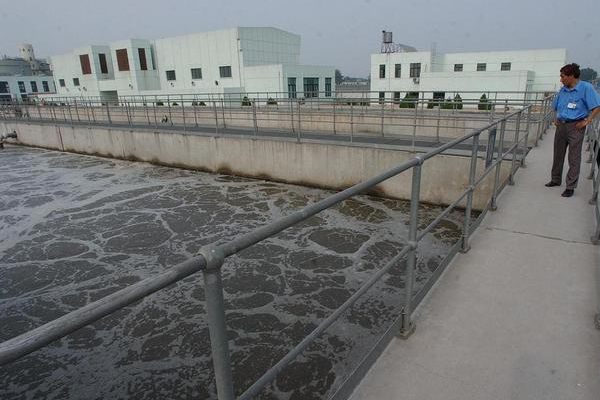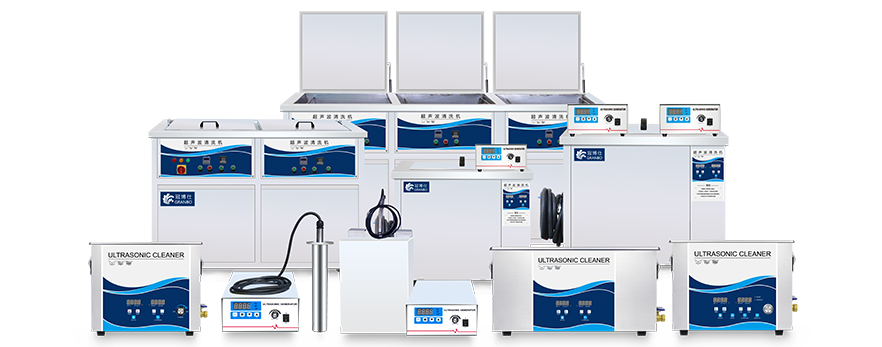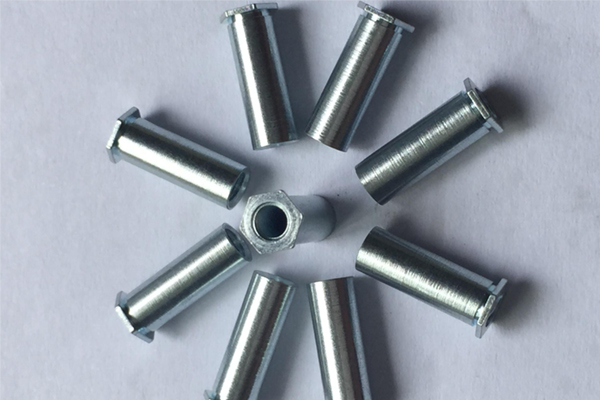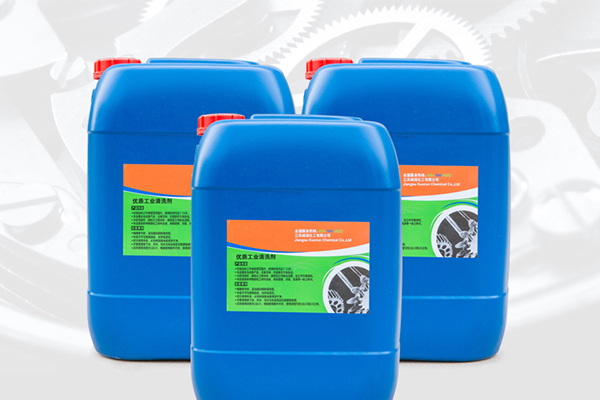How to treat the wastewater of ultrasonic cleaning machine? Typical treatment process of ultrasonic wastewater: ultrasonic wastewater → coagulation → filtration → biochemistry.
Why do we need to treat ultrasonic wastewater?
Ultrasonic cleaning wastewater mainly comes from the wastewater produced by using ultrasonic waves and ultrasonic cleaning agents to clean objects. This wastewater contains substances such as machine oil and specific surfactants. This wastewater has high COD content, high concentration of suspended matter, and low reproducibility. Without pretreatment, it is difficult to biochemically degrade, and if discharged directly into the environment, it will cause serious damage to the environment and directly affect human health, which is harmful!

The main treatment methods of existing ultrasonic washing wastewater are: coagulation precipitation + biochemical treatment; Fenton oxidation + biochemical treatment.
Coagulation precipitation + biochemical: Coagulation precipitation is to put coagulant into the wastewater, forming a compressed double electric layer in the wastewater, adsorbing surface neutralization, adsorption bridging and precipitation network, so that fine suspended particles and colloidal particles gather into coarse particles and precipitate, thus separating from water and purifying the wastewater. The wastewater after coagulation treatment reaches the discharge standard after biochemical treatment.




